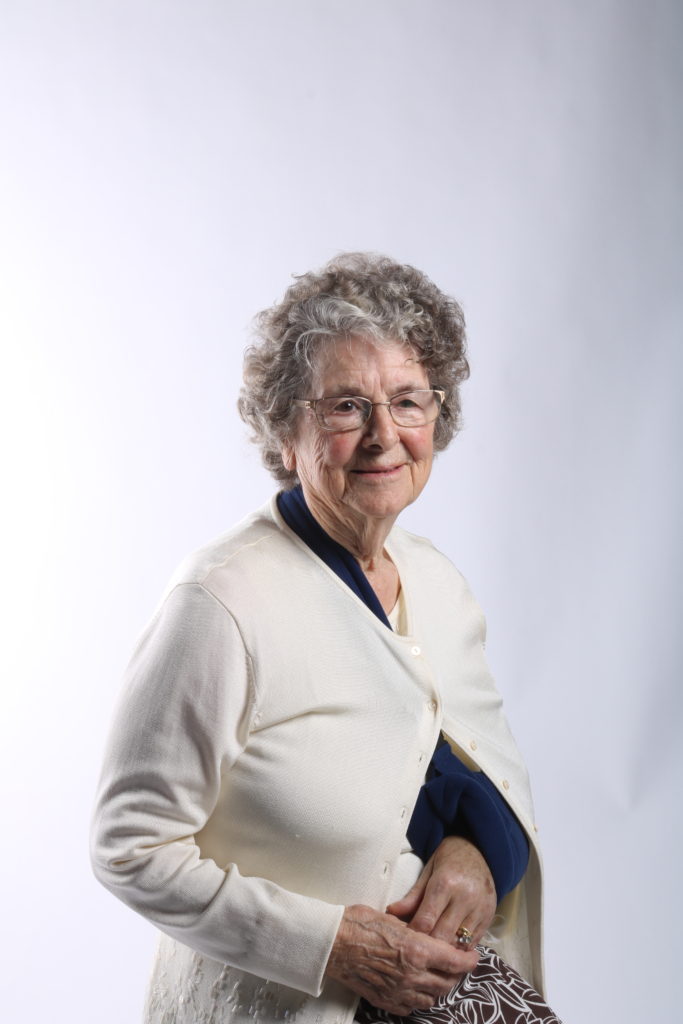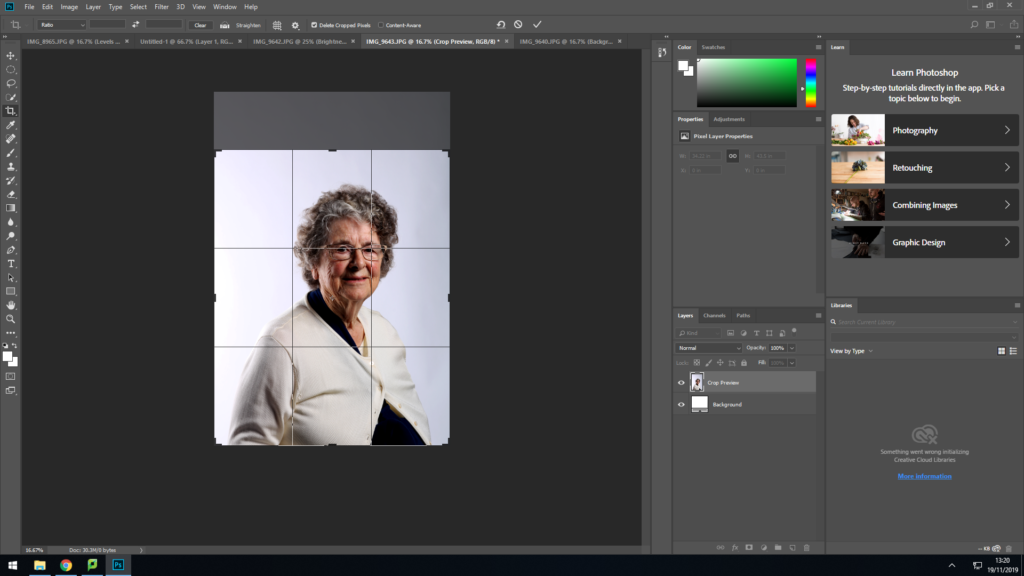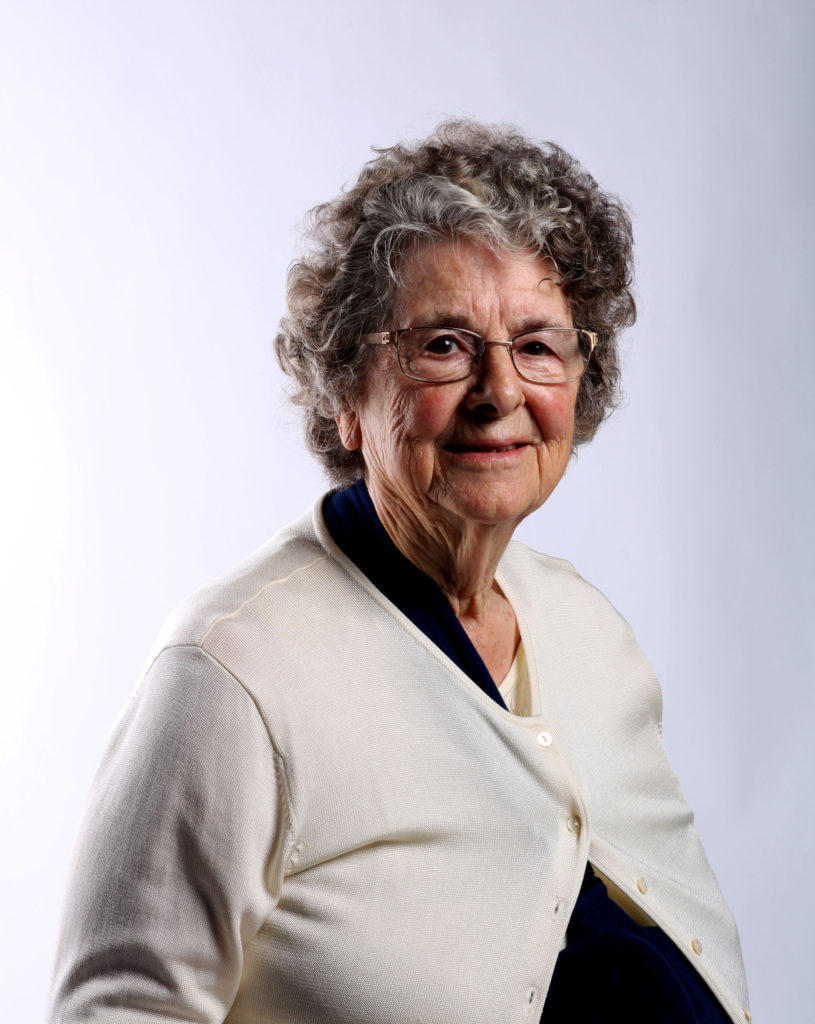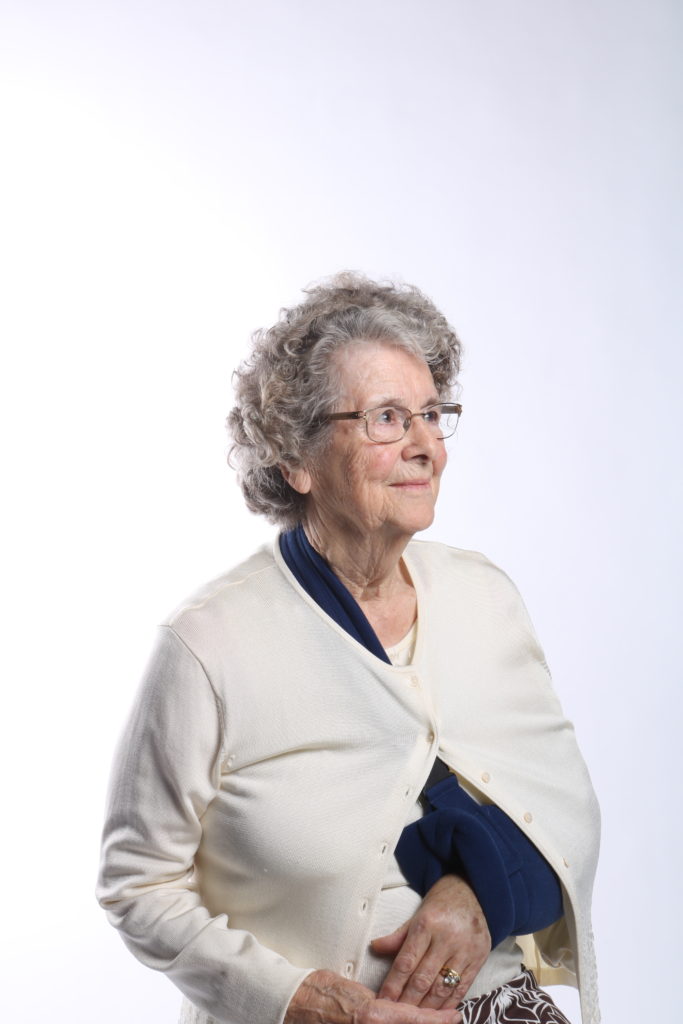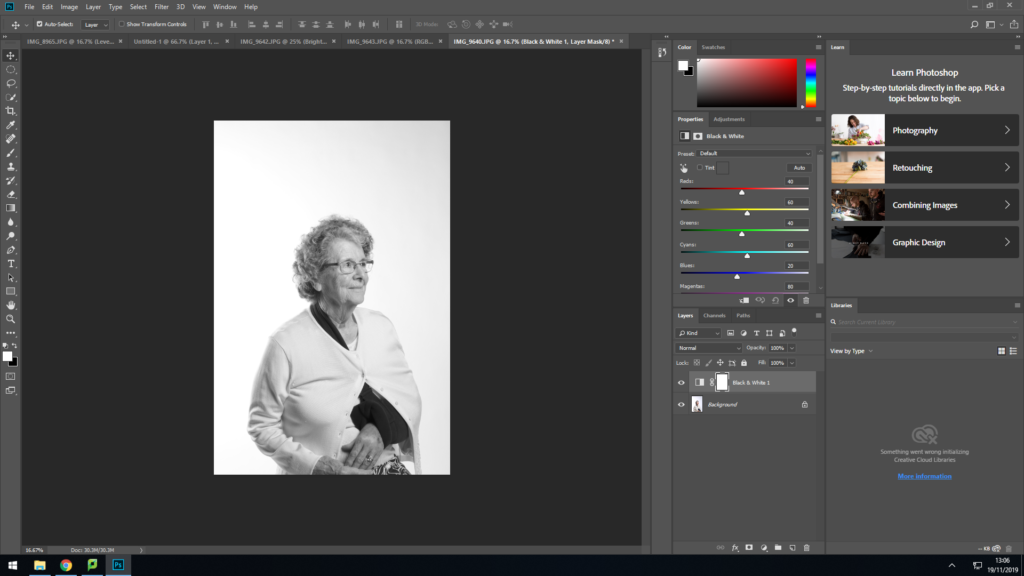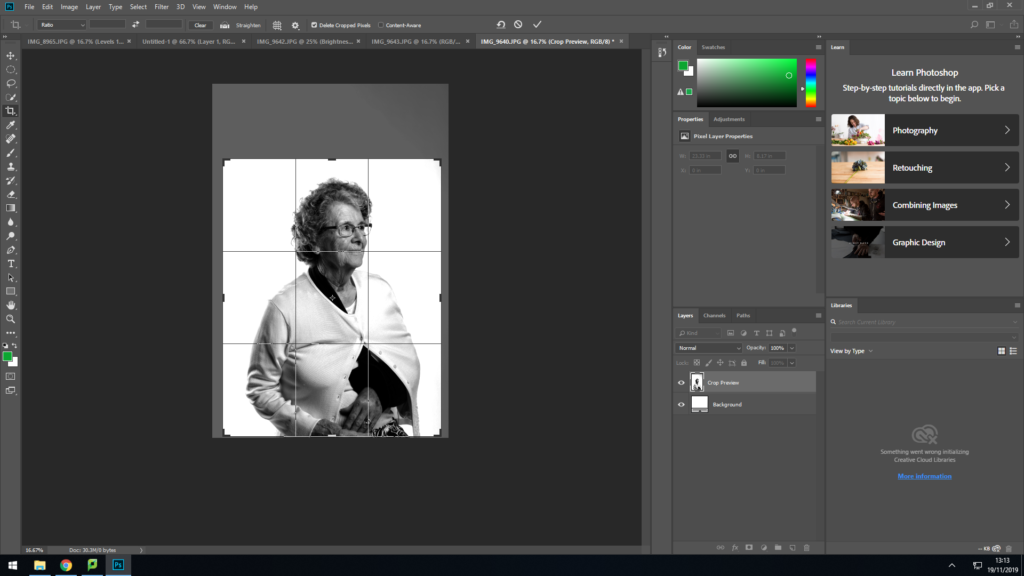Albert Renger-Patzch was a German photographer and was mostly associated with the New Objectivity. By the age of twelve he had began taking photographs. In the early 1920s he worked as a press photographer for the Chicago Tribune before becoming a freelancer, where in 1925 he published a book, ‘the Choir Stalls of Cappenberg’. Renger-Patzch had his first museum exhibition in 1927. His best know book followed in 1928, ‘Die Welt ist Schon’ (The World is Beautiful). The book is a collection of one hundred of his natural forms, industrial subjects and mass-produced objects are presented with the clarity scientific illustrations.
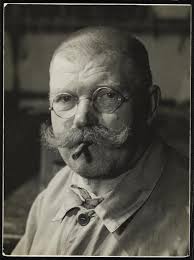
These are some of his images:





